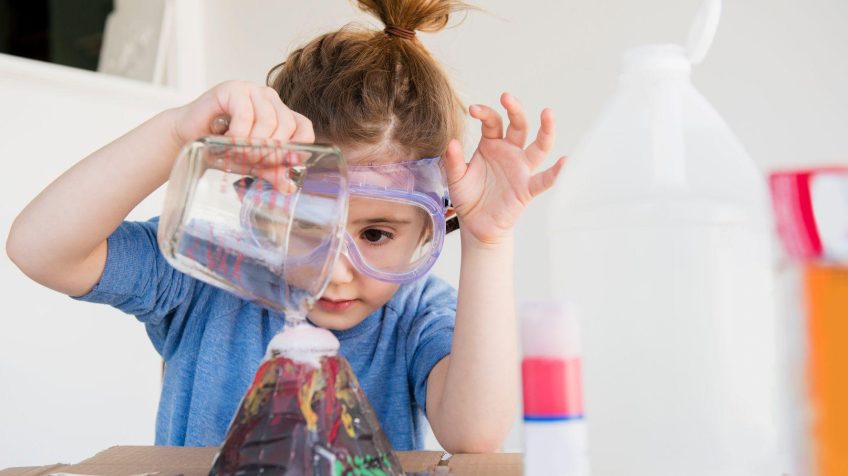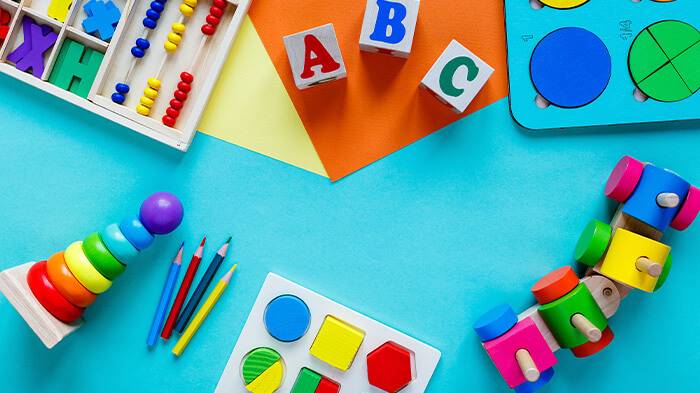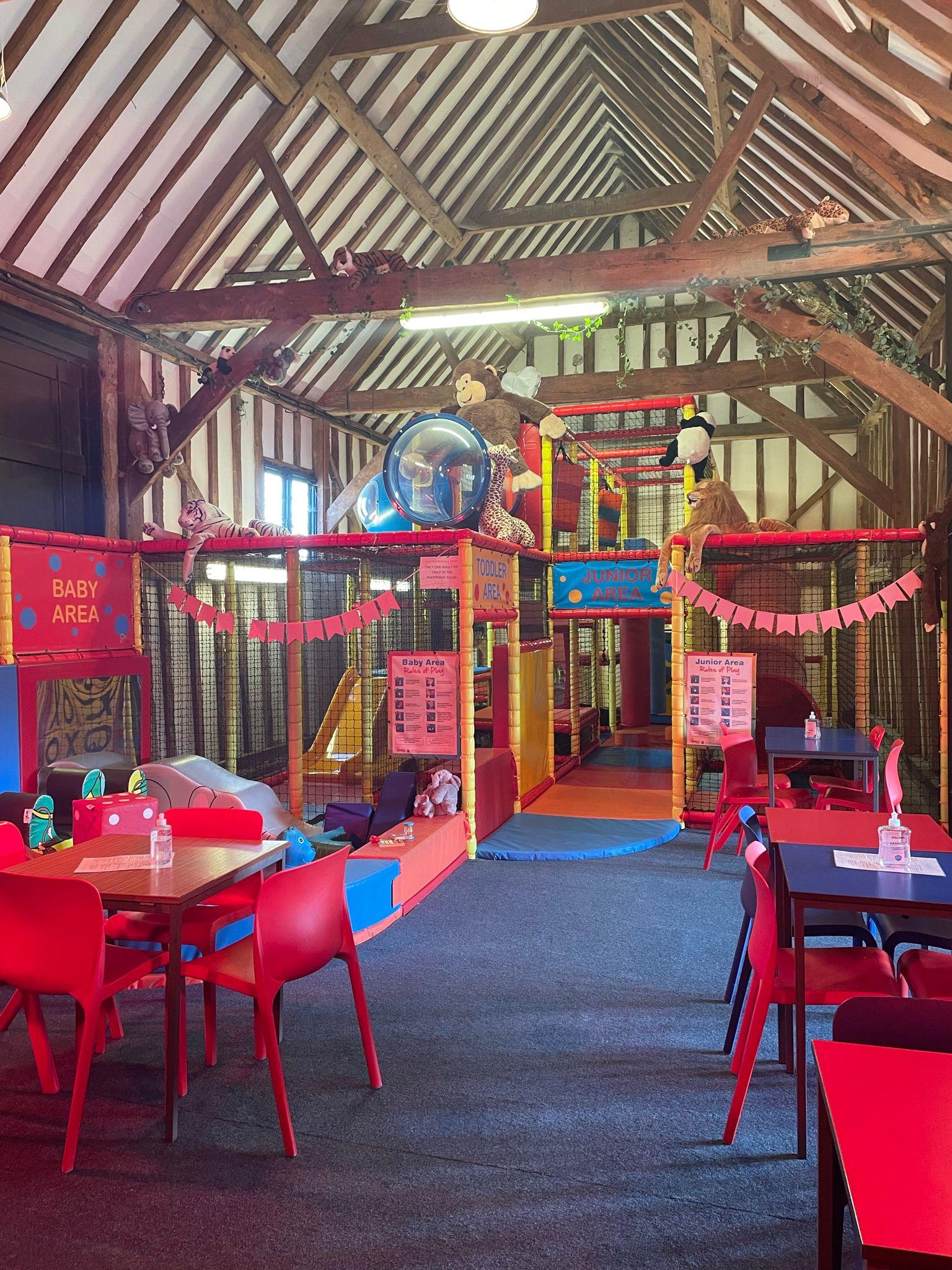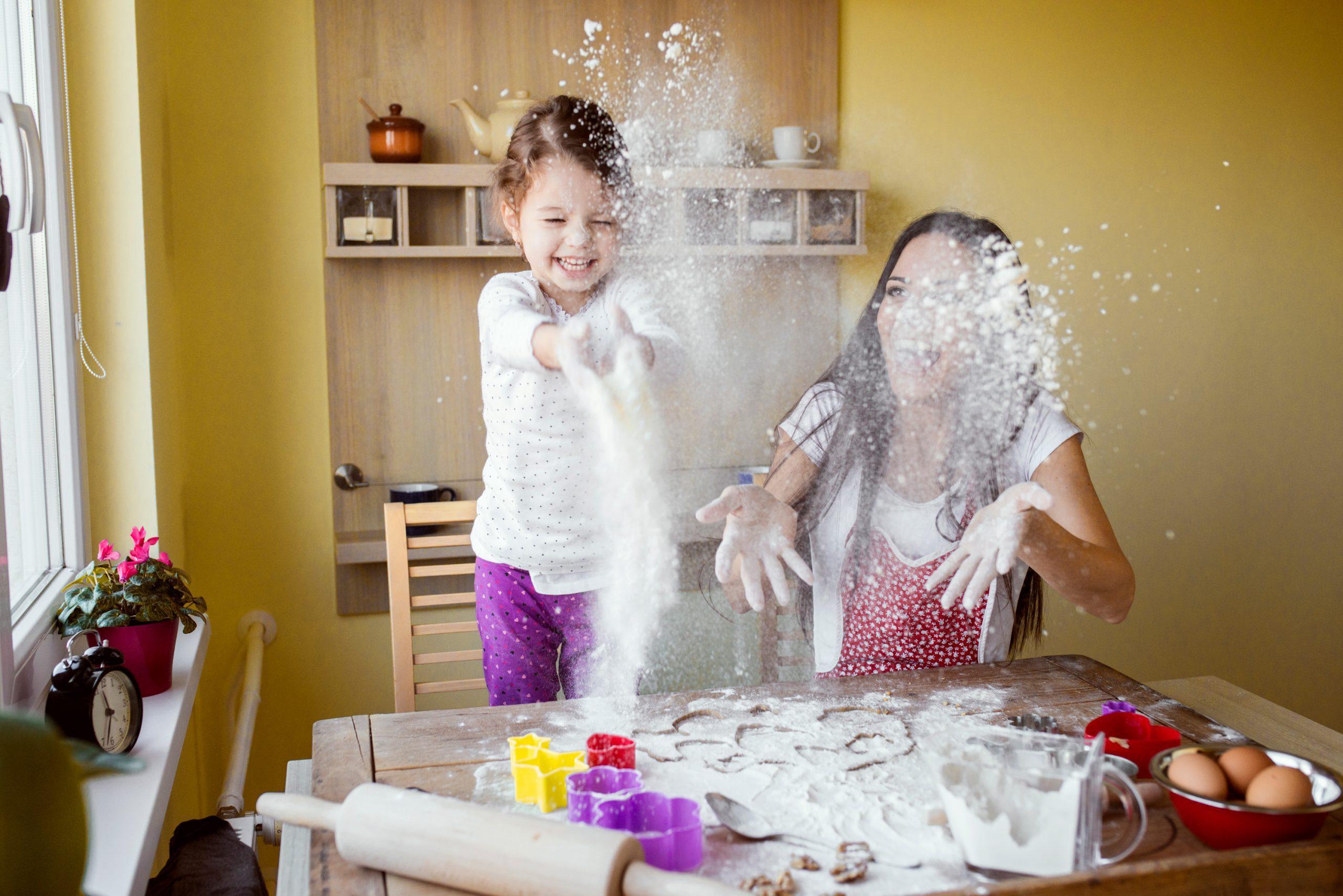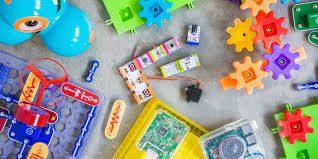The joys of childhood are often associated with a sense of wonder, curiosity, and a constant thirst for learning. By tapping into our innate fascination, home science experiments provide an exciting opportunity to explore the world of science. But that’s not all! These fun-filled, hands-on activities are incredibly effective in bolstering various cognitive skills, paving the way for well-rounded mental development.
Unlocking the Marvels of Science from the Comfort of Your Home
As parents, educators, or guardians, we know children learn best when genuinely engaged and having fun. Home science experiments offer the perfect blend of entertainment and education. Conducting these experiments doesn’t mean you need a state-of-the-art lab setup; the beauty lies in their simplicity and the usage of everyday items from around the house.
The Impactful Power of Home Science Experiments
Home science experiments are more than just after-school or weekend activities. They’re powerful tools that encourage active learning, where children get to observe, hypothesise, investigate, and conclude. This active involvement aids in developing critical thinking, problem-solving, creativity, and more.
Embarking on a Fun-Filled Scientific Adventure
You can create a mini science lab at home with the right approach and some household items. Let’s explore some engaging and educative home science experiments:
Crystal Wonders: Growing Crystals at Home
Who said you need to visit a cave to observe stunning crystal formations? This simple home science experiment lets your little ones grow their crystals! This project not only unravels the process of crystal formation but also imparts a lesson in patience as children excitedly observe their crystals increasing daily.
Unveiling Invisible Forces: The Static Electricity Experiment
Did you know that a mere balloon could turn into a magical object that can attract small particles? This home science experiment offers an insight into the fascinating world of static electricity. Witnessing the attraction between pepper or salt and a balloon charged with static electricity is always exciting.
Density Dazzle: Creating a Rainbow in a Glass
Density might sound like a complex concept, but not when you present it as a colourful layered liquid experiment. Creating a ‘rainbow in a glass’ through this home science experiment provides a hands-on experience in understanding how different liquids interact based on their densities.
The Cognitive Boost: Unleashing the Benefits of Home Science Experiments
Home science experiments are a treasure trove for boosting various cognitive skills. Let’s delve deeper into how these experiments enrich children’s mental development:
Cultivating Critical Thinking and Problem-Solving Skills
Home science experiments strengthen problem-solving and critical thinking abilities by following experimental procedures, observing outcomes, and drawing conclusions. These are vital skills that aid academic success and come in handy in day-to-day life.
Sparking Creativity and Imagination
There’s no limit to what you can explore with home science experiments. From understanding why volcanoes erupt to creating glittery slime, these activities stretch the boundaries of creativity and foster imaginative thinking.
Enriching Understanding and Application of Scientific Concepts
Understanding abstract scientific concepts can be challenging for young minds. Home science experiments provide a practical approach, making these concepts easier to understand and apply. They make science less intimidating and a lot more fun.
Enhancing Memory and Concentration
Recalling the steps of an experiment, focusing on the procedure, and remembering the results – all these aspects of home science experiments contribute to enhancing memory and concentration in children.
Nurturing Planning and Organisational Skills
Home science experiments also involve a degree of planning and organisation. From gathering the required materials to following the steps in the correct sequence, these activities subtly imbibe a sense of responsibility and organisation in children.
Home Science Experiments to Try Yourself
A practical, hands-on approach to learning can make a difference in children’s cognitive development. One of the exciting ways to foster this is through home science experiments. These interactive activities bring the wonder of science to life and enhance children’s problem-solving, critical thinking, and analytical skills. Let’s dive into some fun and educational home science experiments you can conduct with your little ones.
1. Crystal Wonders: Growing Crystals at Home
This simple home science experiment lets your little ones grow their crystals!
Materials Needed:
- Pipe cleaners
- String
- Wide-mouth jar
- Borax (found in the laundry aisle)
- Boiling water
- Pencil or popsicle stick
- Clothespin
Instructions:
- Twist a pipe cleaner into a shape of your choice. It could be a star, heart, circle, or any form that interests your child.
- Attach the pipe cleaner shape to a string and tie the other end to a pencil or a popsicle stick.
- Ensure the string is long enough that your pipe cleaner shape will hang into the jar without touching its sides or bottom.
- Boil enough water to fill the jar.
- Add borax to the boiling water, one tablespoon at a time. Add until the borax no longer dissolves (around three tablespoons per cup of water).
- To start, pour the borax solution into the jar and carefully place the pipe cleaner shape into it. Use a pencil or popsicle stick to rest across the mouth of the pot, making sure the body of the form is hanging freely in the solution.
- Leave the jar undisturbed overnight.
- Pull your shape out of the jar in the morning and marvel at the formed crystals!
2. Unveiling Invisible Forces: The Static Electricity Experiment
This home science experiment offers an insight into the fascinating world of static electricity.
Materials Needed:
- A balloon
- Small pieces of dry paper or a handful of pepper
Instructions:
- Inflate and tie up the balloon.
- Rub the balloon quickly against a woollen fabric or your hair for about a minute.
- Slowly bring the balloon near the small pieces of paper or pepper.
- Watch in wonder as the details jump towards the balloon!
This experiment showcases how rubbing the balloon creates a surplus of electrons (negative charges) on its surface. These electrons can attract the positively charged paper or pepper particles.
3. Density Dazzle: Creating a Rainbow in a Glass
Creating a ‘rainbow in a glass’ through this home science experiment provides a hands-on experience in understanding how different liquids interact based on their densities.
Materials Needed:
- A tall glass
- Honey
- Dish soap (preferably blue)
- Water
- Olive oil
- Rubbing alcohol
- Food colouring
- A dropper
Instructions:
- Pour about 3 cm of honey into your glass.
- Slowly add about the same amount of dish soap straight into the honey.
- Gently pour water (where the food has been coloured with food colouring to create a more dramatic effect.) into the glass.
- Next, add about the same amount of olive oil.
- Finally, pour in an equal quantity of rubbing alcohol, which you’ve also coloured with a different food colouring.
- You’ll see that the liquids don’t mix but form layers. The reason for this occurrence is due to varying densities.
Through these engaging experiments, children can learn and understand scientific principles in an exciting and hands-on way. These activities are fun and stimulate cognitive skills, making learning a delightful experience. Remember always to supervise your child while conducting these experiments to ensure their safety. Happy experimenting!
The Journey Ahead: A Lifelong Love for Learning
In conclusion, home science experiments go beyond the confines of academic learning. They are a fun-filled pathway to enhanced cognitive development, fostering a love for learning and building a solid foundation for a scientifically curious mindset. The ultimate aim isn’t solely academic excellence but to nurture a well-rounded, interested, and confident individual who sees learning as a delightful lifelong journey.
Book at The Barn at Walton Hall Farm
Why not extend this scientific exploration beyond your home? The Barn at Walton Hall Farm offers children many exciting, hands-on learning experiences. Book a visit today and let your child discover the joy of learning amidst nature’s wonder.
“ ”